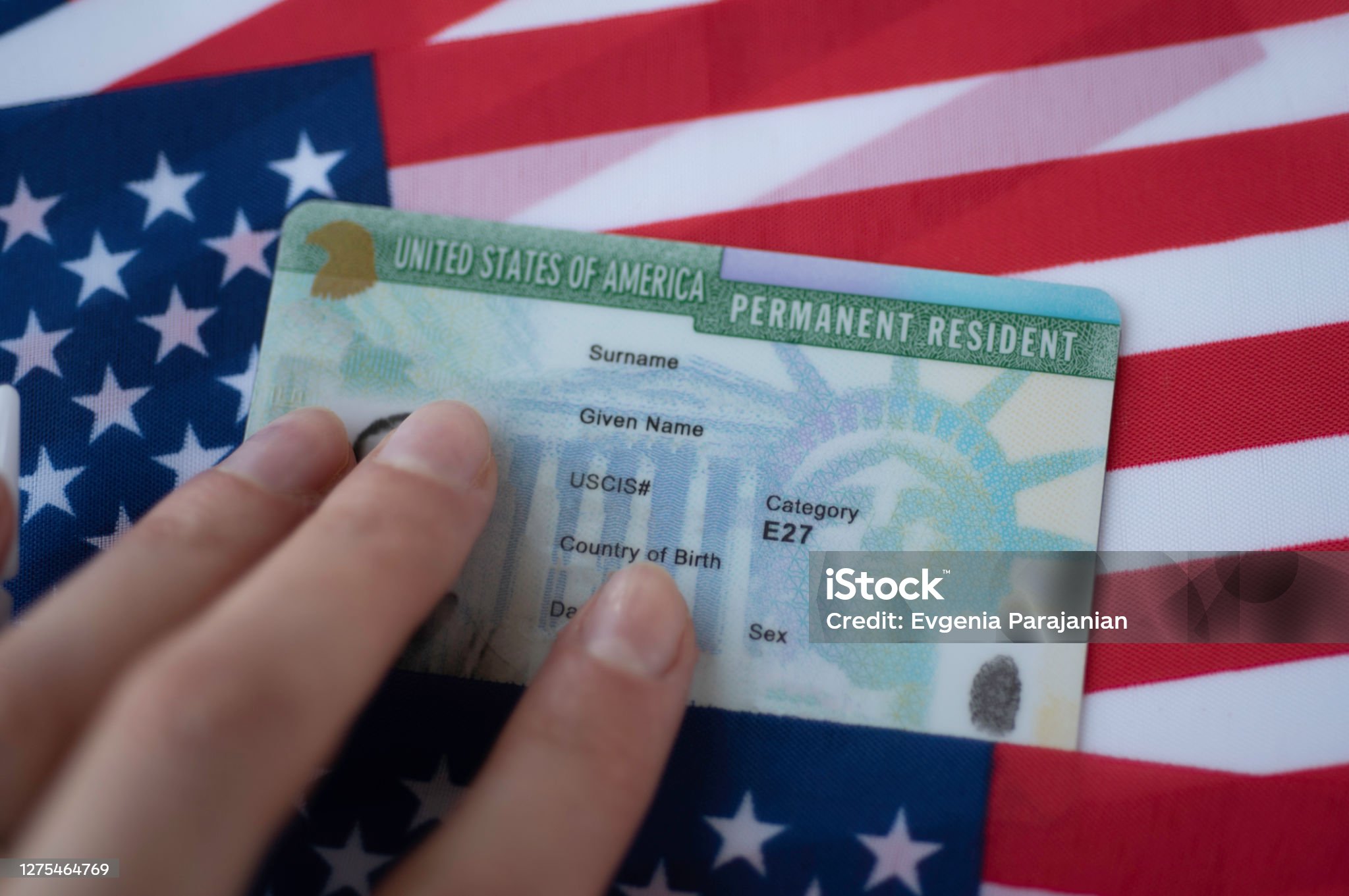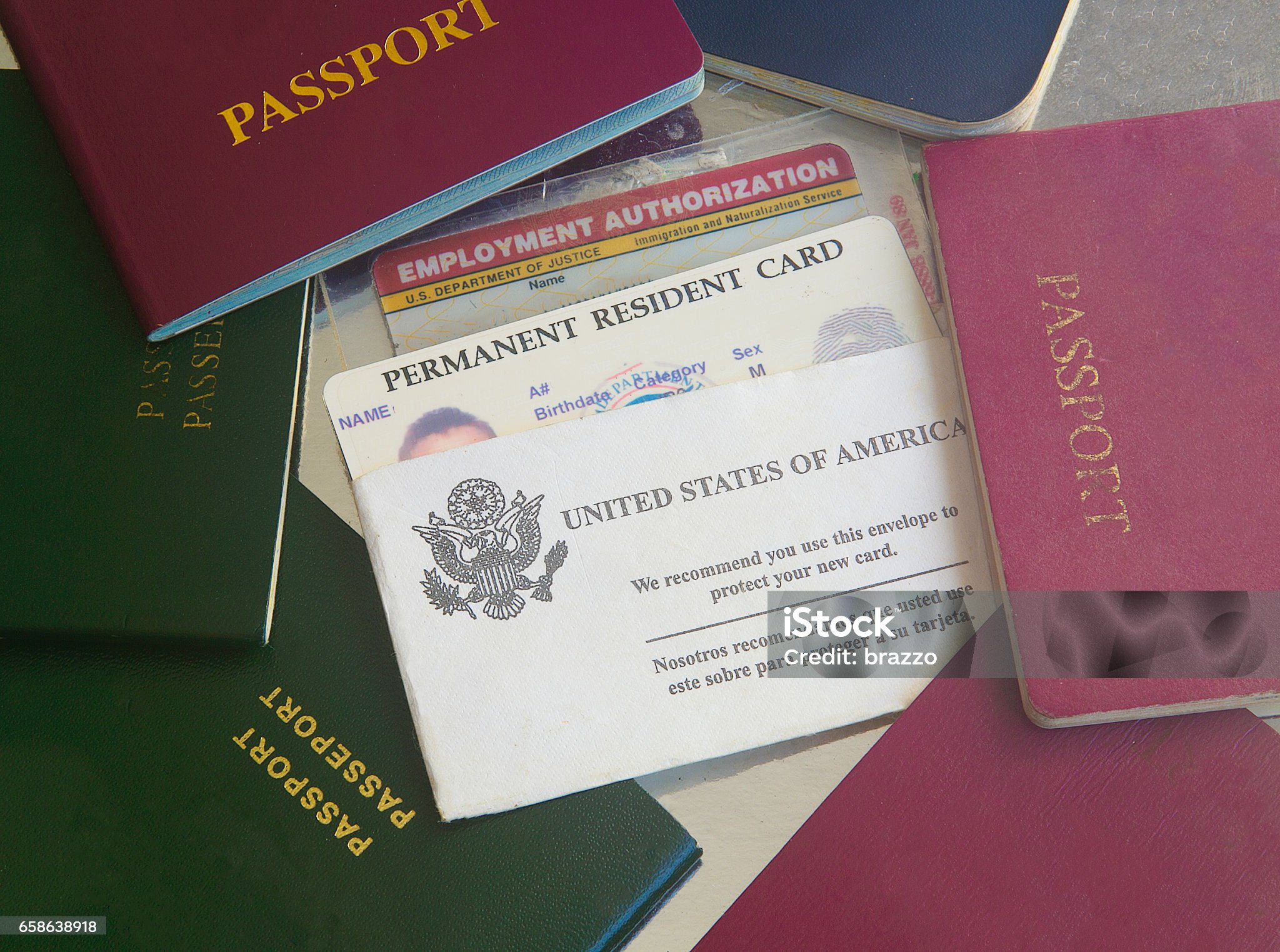Understanding Digital ID Systems in International Context alongside Digital Security Features

1. Introduction to Personal Identification Documents
Personal identification documents hold great importance from both personal and social perspectives. Serving as "permissions" and "access tools," these documents help society run efficiently when widely accepted and available. There are different kinds of identification documents, and each of them signifies a particular aspect. For example, a copyright serves as proof that a person can legally drive, while a copyright verifies citizenship and facilitates international travel. These documents are highly valuable on a personal level and are key to completing various contracts, for example, to get a job, to access services, to buy insurance, or to rent a car. Often, financial institutions may need to verify these documents when dealing with borrowers who seem unreliable or possess weak credit backgrounds. These documents function as both identity verification and legal authorization to operate financially or otherwise.

Identification documents weren't always as integral to daily life as they are in modern times. Their significance has evolved with the changing legal and security landscapes. Technological advancements have permitted the development of security systems that far exceed the ID technologies currently available to consumers. Numerous nations are transitioning to biometric-based standards for national IDs. A few countries have implemented electronic exit strategies.
Personal identification documents act as formal proof of legal status. The "real identification" acknowledged universal documents include passports, copyright, copyright, and driver's licenses at both the international and national levels. Many people file these identification documents under lock and key or with good protection and ensure quick access to them when required.
In this discussion, we highlight the importance and authenticity of various documents, including IDP, Real ID, copyright, copyright, copyright, and resident permits, aiming to educate on their relevance. Educational staff and the general public should know about them, and this knowledge could help prevent their loss or aid in their recovery. This information is intended for both domestic and international readers to ensure they do not miss the most important documents they need for their own knowledge and ideals.
2. Legal Structures and Rules Overseeing Identification Documents

Identification documents are governed by laws and regulations that vary from one jurisdiction to another. These documents are provided to individuals through authorized issuing entities in accordance with rules designed to maintain their integrity. These documents can be compulsory in some cases and allowed as verification and/or validation in others. It is the responsibility of the individual to follow the rules of the jurisdiction that governs the use of the document. In conclusion, individuals should familiarize themselves with the local legal requirements in any jurisdiction where they intend to use such documents or perform transactions. For the most part, government agencies at the state or local level issue, regulate, and restrict certain documents for use in certain transactions.
However, the differences in identification requirements across jurisdictions may interfere with international travel and commerce. It is, therefore, a global concern when people feel wholly alienated when they travel from one country to another and do not comprehend the rules and regulations regarding identification documents. It would be impossible to detail every country’s specific identification rules here, but it is important to know, today and in the future, with nearly 200 countries bordering this globe and some 7 billion inhabitants who are traveling, trading, and doing business with each other. Failure to follow these rules could lead to legal issues in another country, requiring adherence to international and reciprocal laws. Failure to comply could cause legal implications, both civil and criminal, by infringing on laws about identity, privacy, commerce, trade, and human rights.
Public policies and protected rights can sometimes clash when creating security regulations for travel IDs. That is, human rights may conflict with public policy on the tightest, most secure identification and documentation required to combat terrorism. In recent years, the introduction of digital mobile driver’s licenses has led countries to either update or create new laws and regulations that go beyond just technology, as this field continues to evolve. Digital identification documents for travel have been held up as the next path for moving the world travel community. Even with the world moving toward mobile driver licenses, passports will likely remain necessary for some time to come.

The standard and evolution of mobile driver licenses and digital ID are also undergoing rapid change. For example, nearly two years after California's law on mobile copyright requirements, stakeholders are set to finalize regulations for the first official state mobile driver’s license.
3. Comparative Analysis of International Driver’s License, Real ID, copyright, copyright, copyright, and Resident Permit
The International Driver’s License acts as an identification document for those driving abroad The International Driver’s License was never developed by the UN or international organizations as a travel facilitation tool between countries.
The Real ID is primarily used as an ID for boarding domestic flights, in line with state driver’s licenses and ID cards that meet national criteria. The Real ID can also be employed to gain access to federal buildings and nuclear facilities. It is important to note that the Real ID is not a substitute for travel documents like passports, visas, or resident permits. Though some people may use it abroad as an identification and date of birth document, the Real ID is primarily intended for domestic use.
In the United States, passports serve as original forms of identification, as opposed to derived ones. A copyright is largely an instrument of foreign policy; it was made to protect citizens from arrest or to help them travel and attend non-obligatory meetings to negotiate treaties or other matters of common concern. This is the official, often administrative, use. The copyright also has, of course, a bureaucratic or private use. To travel internationally, or even regionally in some cases, travelers must not only possess a copyright but also adhere to various other regulations.
copyright are records issued at birth that serve as the basis for acquiring passports and other identification documents. When comparing the two, copyright and passports may seem to have the same general function. That said, a copyright provides extended functions beyond its initial use. Additionally, while a copyright is used to acquire a copyright, it does not result in a “second copyright”. A copyright does not influence the acquisition of a second copyright unless the individual plans on obtaining an illegal second nationality.
4. Anti-Fraud Mechanisms and Security Features in Identification Documents
Several security measures are in place to prevent the counterfeiting, modification, and fraudulent usage of identification documents. Many identification documents utilize features such as holograms, multi-layered images, and laser engravings for enhanced security. Some ID cards are embedded with RFID chips holding biometric data and digital imagery to prevent misuse.
Many security features are either hidden or semi-hidden, such as special inks, watermarks, or microtext. Such security features are designed to make identification documents highly resistant to counterfeiting.

Typically, the security level of an identification document is proportional to the level of trust it is expected to carry. For instance, a copyright doesn’t need the same high-level security features as a copyright, which is primarily used for international travel.
Advances in technology have led to the development of sophisticated ID document security features. Actively promoting and adopting new security technologies is crucial to staying ahead of those attempting to copyright or commit fraud with ID documents.
Additionally, it’s vital to consistently evaluate both current and emerging security methods to ensure they remain effective. This ensures that they keep Real ID pace with the ever-changing threats and advances that could compromise the security of the document.
Furthermore, an effective anti-fraud document security program needs to employ both proactive and reactive strategies. Proactive measures can include workshops, public service announcements, educational outreach, and security conferences.
5. Conclusion and Future Trends in Identification Document Technology
This document provides a global overview of various types of identification documents across different countries. Identification documents should be understood not only in terms of technical aspects like security features but also through the legal frameworks supporting their use in courtrooms.
My research highlights varying perspectives on what constitutes a strong identification document and how its value as a verification tool changes depending on where it’s utilized. Additionally, ethnography could illustrate how varying cultural perspectives influence the concept of an ideal identification document. Comparison studies also reveal that legitimacy standards for identification documents can vary across nations with similar socio-political and economic structures.
The future of identification documents is being shaped by cutting-edge technological advancements. Digital technology is consistently improving the security and service potential of secure documents like electronic IDs (eIDs), in line with the widespread use of mobile devices. Key developments in this technological shift are the integration of biometrics and blockchain as distributed ledger technologies.
The use of biometrics, particularly with “liveness” detection, will ensure accurate identity verification through real-time data collection, eliminating the risk of digital identity theft. This technology could transcend the scope of basic human rights as defined by international laws and constitutions. This access should be kept as private as possible and subject to individual consent.

The spread of digital identity can also lead to issues related to exclusion. Many people do not have the means to access digital identities, which can be problematic. A so-called “identity gap” is being discussed as a result of technology, which has created disparities in access to identity verification for different areas of life.
Digital identity systems should be more systematically compared with physical identification documents. Besides verifying identities, digital identity systems also play a role in evaluating risk for a range of transactions. Further research is needed to explore how offline verification rights translate into the digital identity space.